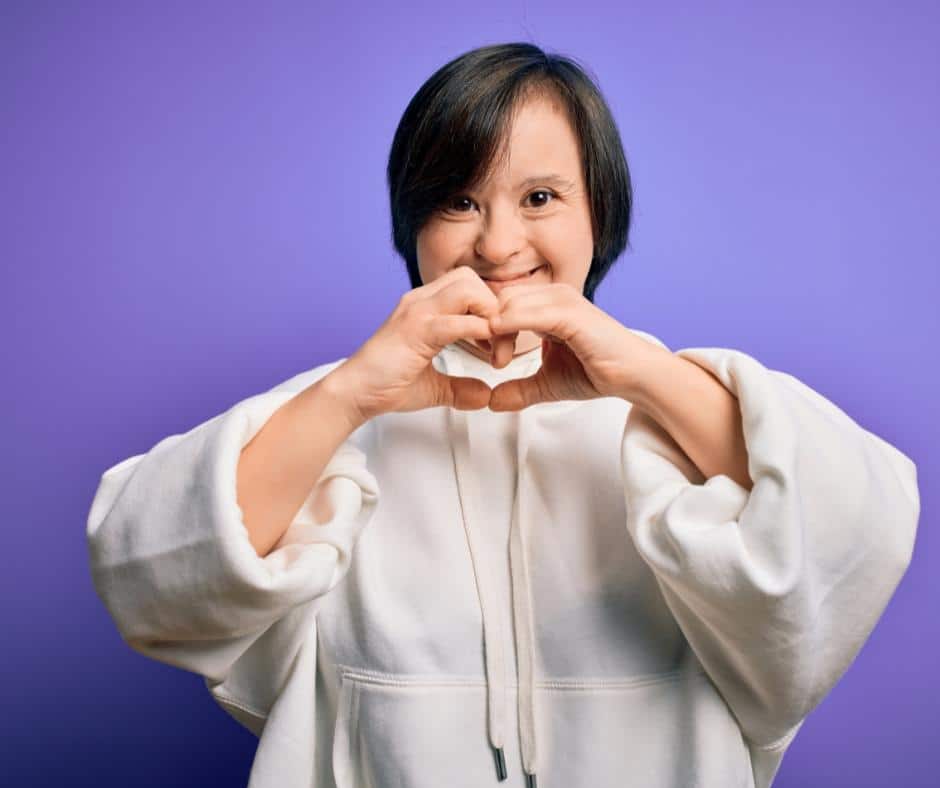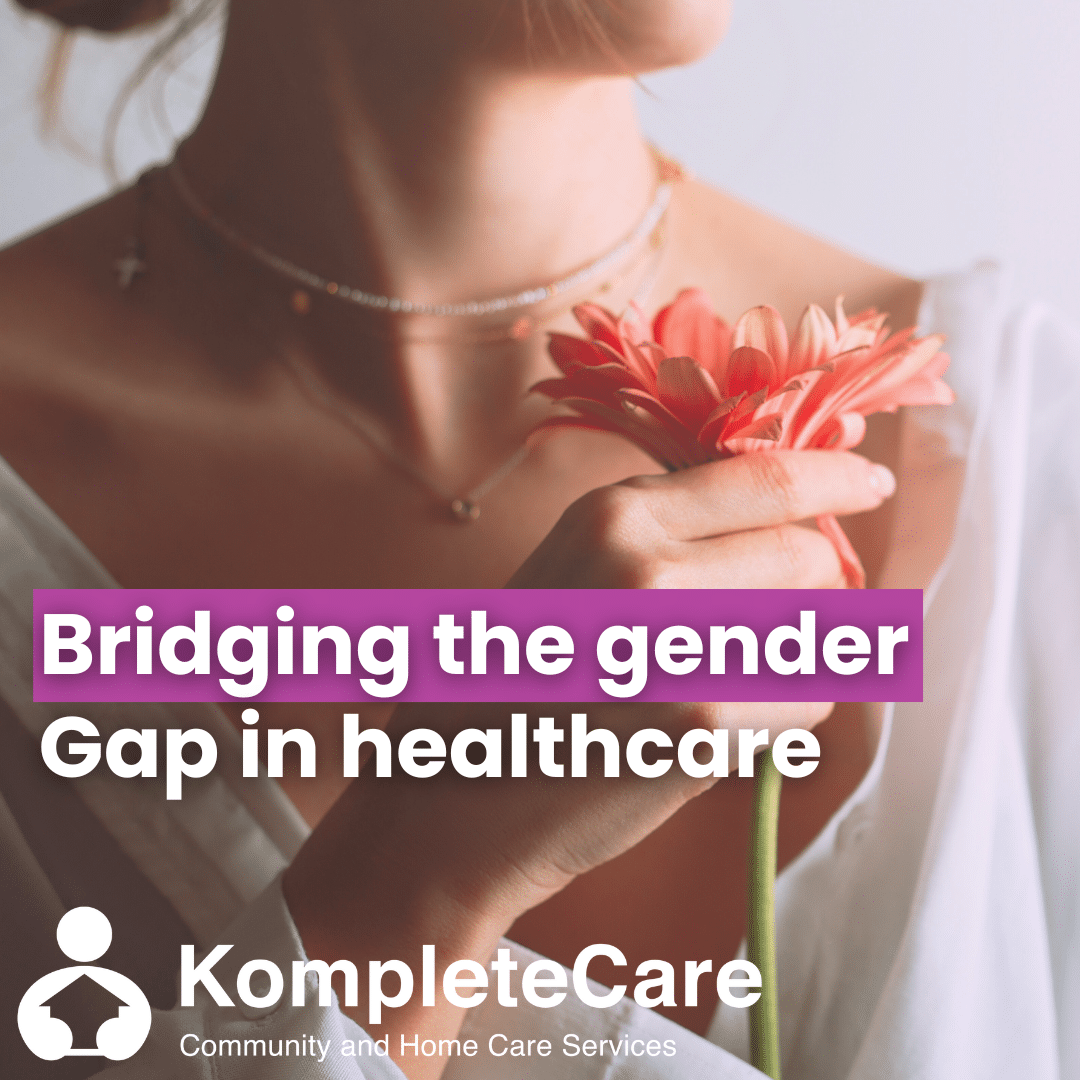As Women’s Health Week shines a national spotlight on the state of women’s wellbeing, it brings renewed urgency to a long-standing issue: gender inequality in healthcare. Despite advances across many sectors, women in Australia continue to experience systematic disadvantages within the healthcare system. These inequalities reflect a persistent gender gap—one rooted in structural biases that have endured for generations. Women’s health concerns are often under-researched, underfunded, and underdiagnosed, contributing to delayed treatments, poorer outcomes, and unnecessary suffering.
From clinical trials that exclude female participants, or diagnostic tools designed around male norms, the healthcare system has long failed to fully account for the biological, physiological, and social realities of women. The result is a persistent gender health gap requiring urgent, multifaceted reform.
A history of underrepresentation
Historically, male bodies have been used as the default in biomedical research. This approach has led to a glaring deficiency in data regarding women’s health. For much of the 20th century, women were excluded from clinical trials due to concerns about hormonal variability or potential pregnancy complications. As a result, our understanding of numerous conditions is skewed, with male-centric symptom profiles being considered the norm.
This underrepresentation has real-world consequences. Conditions like endometriosis (which affects one in nine Australian women) can take years to diagnose, having long been sidelined. Similarly, heart disease—a leading cause of death among women—often presents differently when compared to men, yet the diagnostic criteria are largely based on male symptoms. This knowledge gap leads to misdiagnosis, undertreatment, and unnecessary complications, perpetuating a cycle of medical neglect.
Symptoms dismissed and undervalued
A growing body of research reveals that women’s health concerns are more likely to be dismissed or trivialised by healthcare professionals. According to a national survey, over one-third of Australian women have experienced having their symptoms downplayed, often attributed to psychological factors like anxiety or stress rather than legitimate medical conditions.
This minimisation is particularly common in areas such as chronic pain, reproductive health, and autoimmune disorders, where symptoms can be vague or vary significantly between individuals. Women reporting severe pain or persistent fatigue are often told to ‘tough it out’ or are prescribed antidepressants rather than being referred for further testing. Such dismissals delay necessary treatment and can severely impact wellbeing. For some, the experience leads to a complete erosion of trust in the healthcare system, discouraging women from seeking help in the future.
Gender bias in clinical guidelines
Clinical practice guidelines are intended to provide standardised, evidence-based recommendations for medical care. However, a 2025 review by Monash University uncovered disturbing gaps in how these guidelines account for gender differences. The analysis of 80 national clinical practice guidelines revealed:
- 15% made no mention of sex or gender at all,
- Over 40% misused the terms ‘sex’ and ‘gender’ interchangeably, despite their distinct meanings, and
- More than 50% failed to integrate gender considerations into clinical advice or recommendations.
This oversight directly impacts patient outcomes. When guidelines fail to distinguish between the ways diseases manifest in men and women, clinicians may overlook crucial diagnostic signs in female patients. In conditions such as stroke, cardiovascular disease, and chronic pain, women often present with atypical symptoms, yet are treated based on male-centric models.
Promising shifts in research policy
There is growing recognition of the need to correct these imbalances, and some policy changes are already underway. The National Health and Medical Research Council (NHMRC) now mandates that researchers address sex, gender, and sexual orientation in their study designs as a condition of funding. This change aims to ensure future medical research reflects the diversity of the population and yields more inclusive, applicable findings.
Institutions like the Australian Women’s Health Alliance and the Centre for Sex and Gender Equity in Health and Medicine are also leading the charge. These organisations are advocating for gender equity to be embedded into all aspects of healthcare—from medical school curricula to hospital policy. Their work aims to build a more inclusive, responsive system that recognises the unique health needs of women and gender-diverse individuals.
Emerging care models and inclusive services
To help close the gender health gap, new models of care are emerging across the country. One example is Victoria’s virtual women’s health clinic, designed to provide easier access to specialist care, especially for those in rural or unserved areas. The telehealth service offers support that focuses on female-specific conditions such as menopause, pelvic pain, fertility, and mental health—areas that have traditionally received less attention within general practice.
By leveraging digital platforms and specialist networks, these types of services help address barriers such as geographical distance, long wait times, and limited availability of female-focused care. The hope is that such models can be scaled nationally to ensure more equitable access and better health outcomes for all women.
Data shows the impact
In recent decades, Australia has made a growing financial commitment to addressing gender-based health disparities. Between 2000 and 2022, the NHMRC allocated more than $1.7 billion to research focused on women’s health. This includes studies into female-prevalent conditions such as breast and ovarian cancer, as well as broader areas like mental health, cardiovascular disease, and pregnancy-related complications.
Additionally, the Medical Research Future Fund has contributed another $196 million toward research significantly targeting conditions such as endometriosis, reproductive cancers, maternal morbidity, and menopause. These investments are beginning to yield insights that could transform care models—but they must be sustained and expanded to truly close the gap.
As the push for reforms gains momentum, it is clear that closing the gender health gap demands more than policy—it requires commitment at every level of care. Bridging these disparities will not only save lives, but also build a healthcare system grounded in dignity, trust, and equity for all.
At KompleteCare, this commitment is already being put into action. With a strong focus on inclusive, person-centred care, we recognise the unique health experiences and needs of women. By integrating sex- and gender-aware practices into service delivery, and by listening to the voices of those often unheard, KompleteCare is part of the growing shift toward a fairer, more responsive healthcare future.
As Women’s Health Week reminds us, progress is possible; and with providers like KompleteCare leading by example, it is also within reach.









